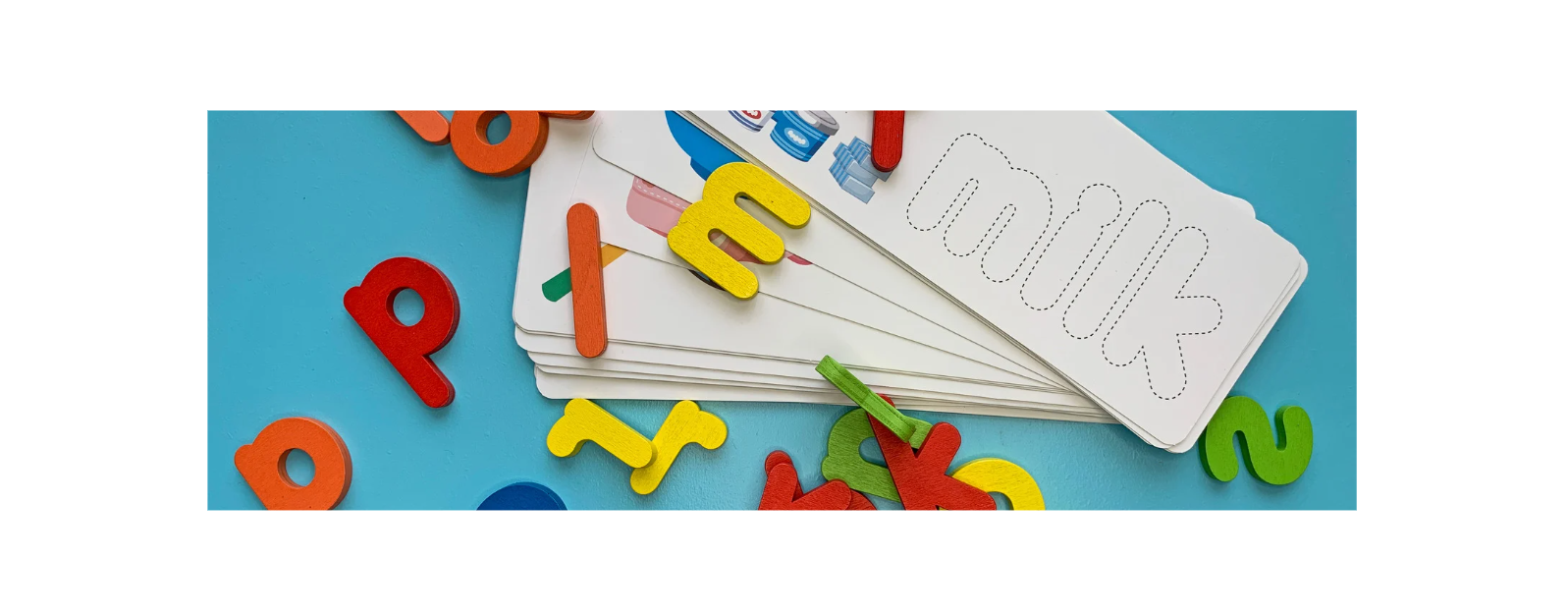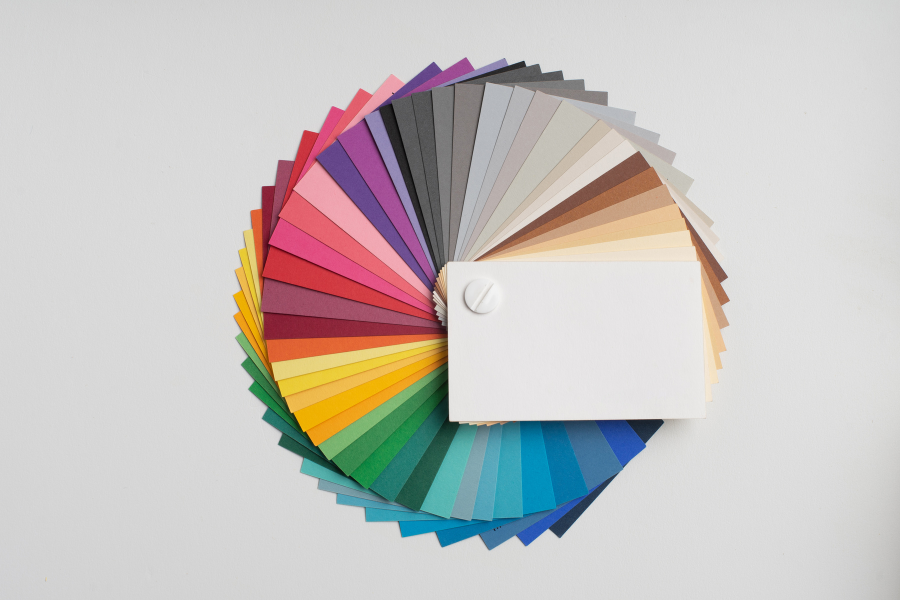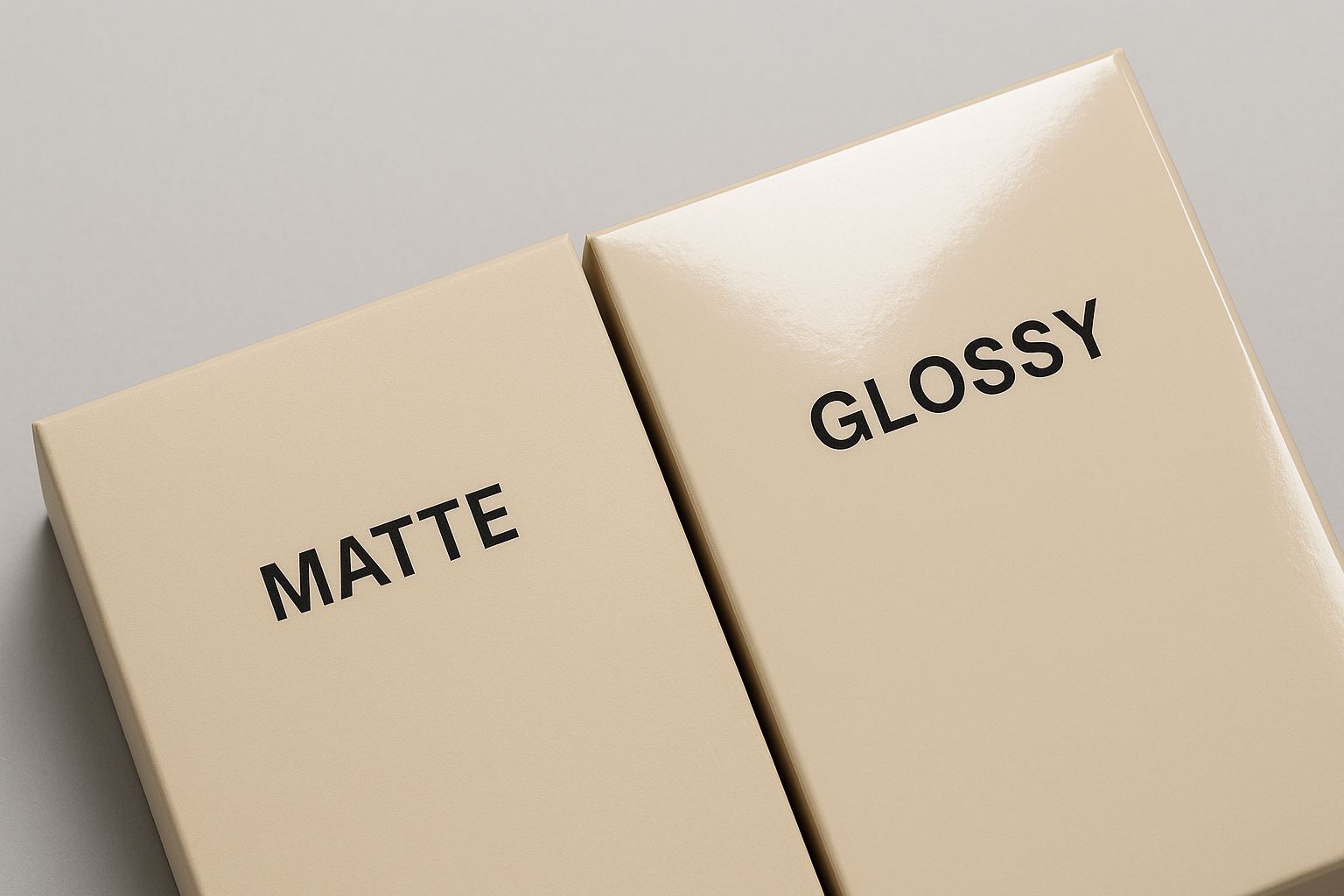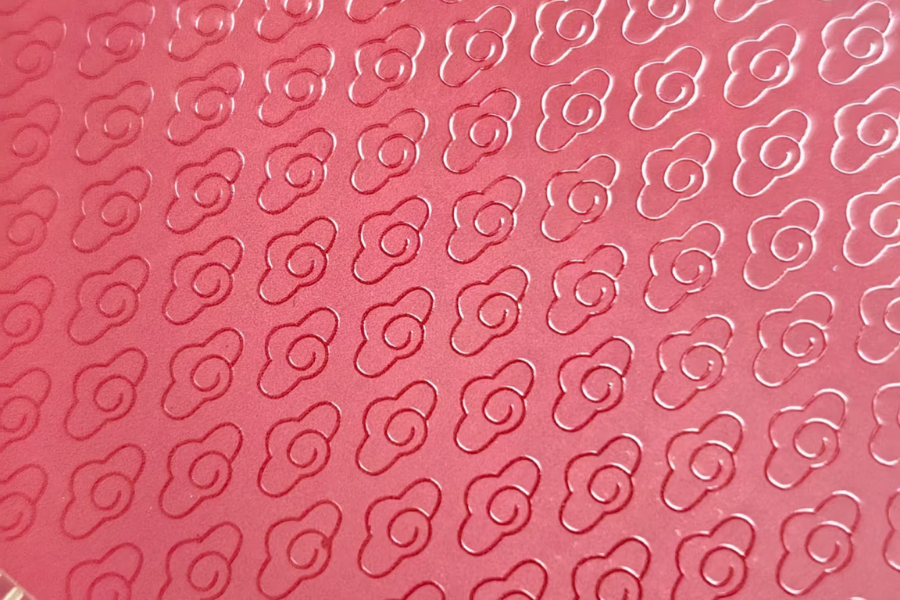When you’re in the business of creating custom flash cards, you’re not just designing study tools—you’re building cognitive frameworks. Whether your focus is medicine, law, or language learning, high-performance flashcard systems demand more than pretty layouts. They require insights rooted in science, technology, and real user behavior.
Here are four content directions that will elevate both your design efficiency and your users’ learning success.
1. Cognitive Science-Driven Design Methodologies
“Optimizing Flashcard Spacing with the Ebbinghaus Forgetting Curve – Includes Python Code”
What You’ll Learn:
How to dynamically schedule flashcard intervals based on memory decay
A code example that customizes the Anki algorithm by tweaking its interval weight formula
def calculate_interval(ease, last_interval, performance):
if performance == 0:
return max(1, last_interval * 0.2)
elif performance == 2:
return last_interval * ease * 1.8
return last_interval * ease
Test data: Memory retention increased by 37% after modification (7-day user test comparison)
2. Techniques for Structuring Complex Content Efficiently
Sample Article:
“Atomic Breakdown of Complex Concepts: Flashcard Templates for Medical and Legal Subjects”
Practical Solutions for Different Knowledge Types:
| Subject Area | Deconstruction Strategy | Card Elements |
|---|---|---|
| Pathophysiology | 1 condition = 3 symptoms + 2 causes + 1 treatment | Front: Symptom illustration / Back: Cause flowchart |
| Legal Provisions | 1 law = principle + case + exception | Front: Legal principle / Back: Case comparison |
| Language Learning | 1 word = root + scenario image + misuse example | Front: Animated scene / Back: Common error example |
3. User Behavior Insights from Real-World Data
“Insights from 50,000 Flashcards: 7 Golden Traits of High-Retention Cards”
Key Evidence-Based Findings:
| Trait | Retention Boost | Implementation Cost |
|---|---|---|
| Leading question prompts | +42% | Low |
| Dual-channel encoding | +38% | Medium |
| Error source tracing | +57% | High |
Example Tip:
Instead of showing the right answer directly, prompt users to think:
“Mixed up the fibula and tibia? Check anatomical diagram 3.2.”
4. Integrating Emerging Technologies into Flashcards
“Building AR Flashcards: A Unity-Based Guide to Interactive 3D Anatomy”
Technical Scenario You Can Reproduce:
Tech Stack: Unity + Vuforia + 3D model slicing
Interaction Flow:
→ Scan a physical card with your phone to trigger a 3D blood flow animation
→ Use gestures to rotate and explore anatomical layers
Smart Budgeting Tips:
Use free assets from Sketchfab
Replace NFC tags with printable image markers
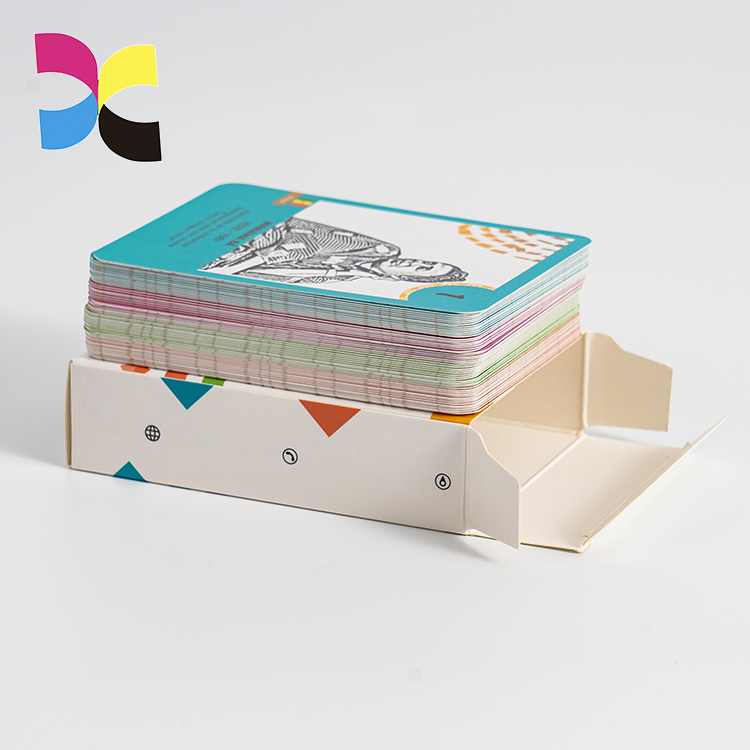
Why This Content Resonates with Flashcard Creators Like You
Hyper-focused on real-world needs in medical, legal, and language education
Includes ready-to-use templates and code for immediate application
Backed by A/B test data comparing enhanced vs. traditional cards
Forward-looking with AI tools like GPT-4 for generating distractors
Ready to Elevate Your Custom Flash Cards?
By combining science-backed techniques, user behavior insights, and emerging tech, your custom flash card system can become not just effective—but indispensable. Whether you’re building for niche learners or large-scale platforms, these strategies will help you design smarter, faster, and with lasting impact.

